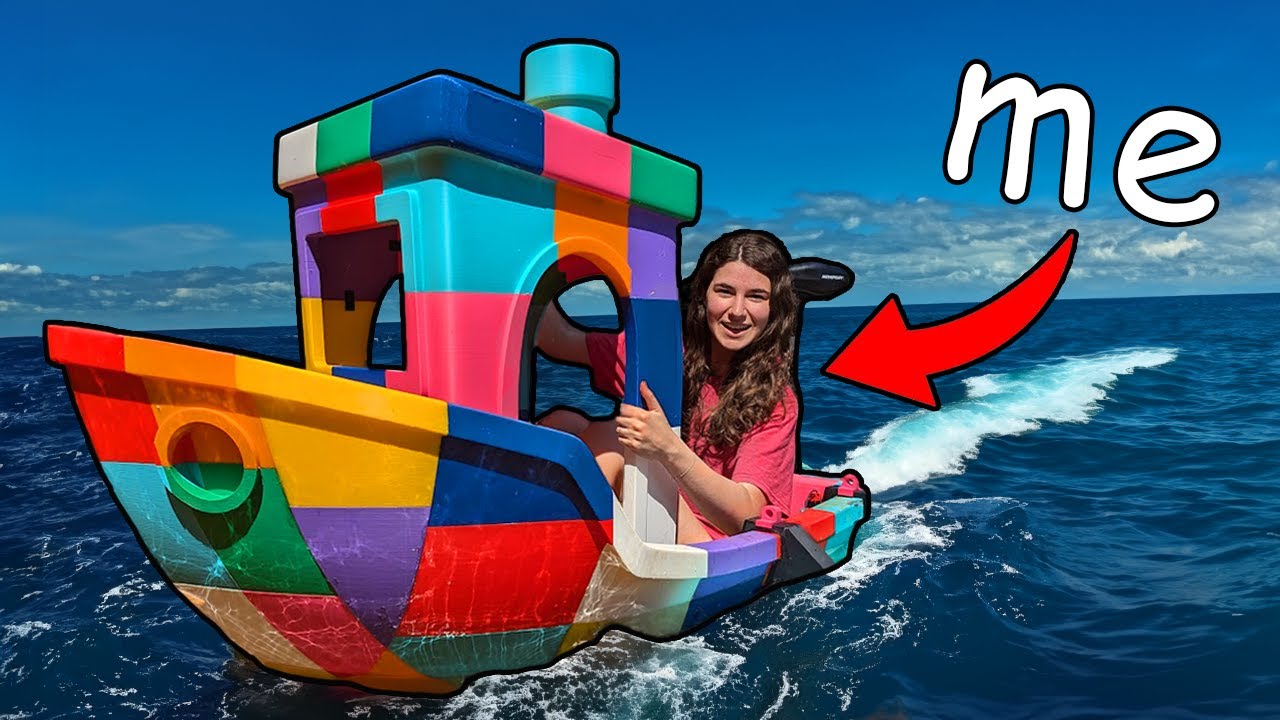I’ve actually been thinking of printing a kayak like this.
I would be worried about water getting into the voids in the infill. You would probably have to fiberglass it to make it actually usable.
You could also use a hydrophobic impregnator. Dichtol is a pretty good impregnator for 3d prints.
Oh I remember there was a guy that used it to make tiny 3d printed pressure tanks and put propane or something in them.
Fiberglass may be overkill, but you would absolutely need some kind of sealing lacquer around the entire print or it will definitely fill with water.
Alternatively, build a siphoning drain tube so your movement over the surface sucks the water out as you go.
Then you just have to not stop paddling.
deleted by creator
watertight boat and a free high? seems like a win win
The 3d gloop mentioned in the video is a solvent that’s used for welding PLA. You could definitely use that to properly seal it. And being built from blocks like in the video (which is due to a limitation of the size of a 3d printer) means that any leak would probably be limited to a single block at a time and probably not catastrophic.
I suppose that would work too, just solvent and then smear the outer walls of the boat. PLA is not exactly water safe though and will break down/become mechanically weak with long enough exposure. So it would be better to ideally seal the plastic entirely with a laquer




